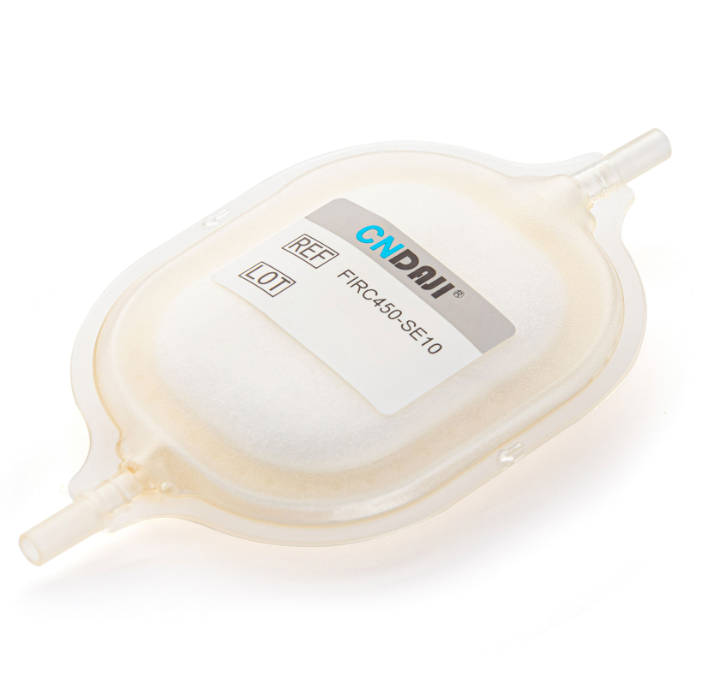Your Position: Home - Health & Medical - Are Leukocyte Reduction Filters Effective in Reducing Transfusion Complications?
Blood transfusions are essential in the management of various medical conditions, including anemia, trauma, and surgery recovery. However, despite their life-saving potential, transfusions can carry the risk of complications, some of which can be severe. One significant advancement in transfusion medicine is the development and widespread use of leukocyte reduction filters. These filters are designed to reduce the number of white blood cells (leukocytes) in transfused blood, which is believed to minimize the risk of certain complications. This article explores the effectiveness of leukocyte reduction filters in reducing transfusion-related complications and their role in improving patient outcomes.

Leukocyte reduction filters are devices used to remove white blood cells from blood components, such as red blood cells, platelets, and plasma. Leukocytes, particularly neutrophils and lymphocytes, can be present in transfused blood. While these cells play a crucial role in the immune system, they can also cause harmful reactions when transfused, leading to various complications. The filters work by physically trapping leukocytes while allowing other components of the blood to pass through.
The primary function of these filters is to reduce the risks associated with white blood cells in transfused blood. The main complications targeted by leukocyte reduction are febrile non-hemolytic transfusion reactions (FNHTRs), graft-versus-host disease (GVHD), and the transmission of infections.
Febrile non-hemolytic transfusion reactions (FNHTRs) are among the most common complications observed in patients receiving blood transfusions. These reactions are characterized by fever, chills, and discomfort, which occur due to the immune system's response to white blood cells in the transfused blood. FNHTRs are typically self-limiting but can cause significant discomfort for patients and may delay treatment.
Research has shown that leukocyte reduction filters can significantly reduce the incidence of FNHTRs. By removing the majority of leukocytes, these filters decrease the likelihood of an immune response against the transfused blood. Studies have demonstrated that blood products filtered for leukocyte depletion lead to a marked reduction in the frequency of febrile reactions compared to non-filtered products.
This reduction in FNHTRs is particularly beneficial in patients who require multiple transfusions, such as those undergoing chemotherapy or bone marrow transplants, where repeated transfusions can lead to an accumulation of immune responses. The use of leukocyte reduction filters, therefore, improves patient comfort and allows for more consistent and effective transfusion management.
Graft-versus-host disease (GVHD) is a rare but serious complication that can occur after receiving blood transfusions, particularly in immunocompromised patients. GVHD happens when the donor’s white blood cells recognize the recipient’s tissues as foreign and mount an immune attack. This condition can be life-threatening, with symptoms ranging from skin rash to organ failure.
Leukocyte filters have been shown to significantly reduce the incidence of GVHD. By eliminating the majority of donor leukocytes, especially T lymphocytes that are responsible for initiating GVHD, the filters help minimize the likelihood of this serious complication. Filtered blood products are now standard practice in high-risk patients for GVHD, such as those undergoing hematopoietic stem cell transplants or those with severe immunodeficiency.
In addition to reducing GVHD risk, leukocyte reduction filters have contributed to the wider safety profile of blood transfusions, making them a routine part of transfusion protocols in hospitals and blood banks worldwide.
Another critical concern in transfusion medicine is the potential transmission of infections through contaminated blood. Although blood donations are rigorously screened for infectious diseases, some pathogens, such as cytomegalovirus (CMV), human immunodeficiency virus (HIV), and hepatitis, can still pose a risk. Leukocytes are thought to play a role in the transmission of certain infections, either directly through the transfused cells or by harboring the pathogens.
Leukocyte reduction filters have been proven to lower the risk of CMV transmission, which can cause severe disease in immunocompromised individuals, such as organ transplant recipients or newborns. The reduction of CMV transmission through leukocyte-depleted blood has become a critical component of transfusion safety, particularly in high-risk patient populations.
While leukocyte filters are not a guarantee against all infections, they significantly reduce the likelihood of pathogen transmission via transfusions. This has made them indispensable in preventing the transmission of certain viruses and improving overall transfusion safety.
In conclusion, leukocyte reduction filters play an essential role in reducing transfusion-related complications. By removing white blood cells, these filters reduce the risk of febrile reactions, graft-versus-host disease, and infection transmission. As evidence continues to support their efficacy, the widespread use of these filters is likely to remain a cornerstone of safe and effective blood transfusion practices.
Hospitals and blood banks must continue to prioritize the use of leukocyte reduction filters to ensure the best possible outcomes for patients receiving blood transfusions. By doing so, the healthcare community can help minimize complications, enhance patient safety, and improve the overall effectiveness of transfusion therapy.
80
0
0
Comments
All Comments (0)